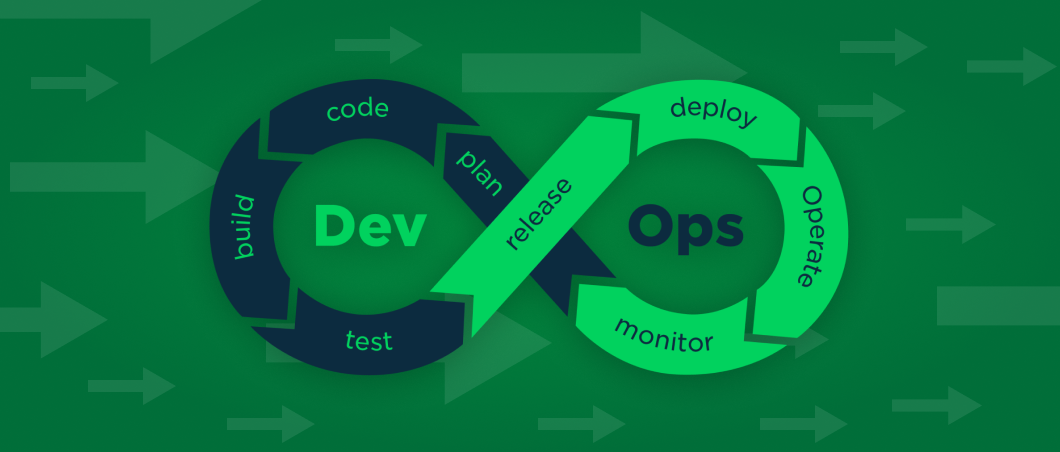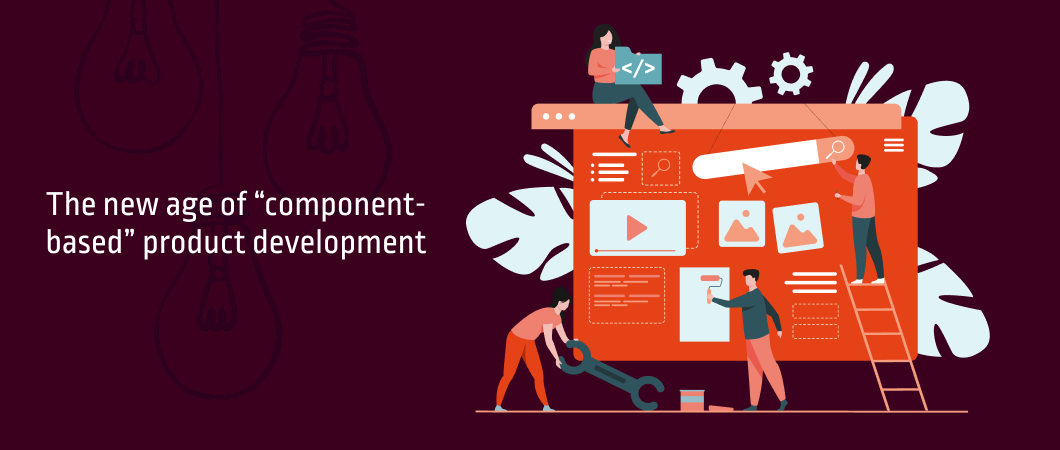Adopting a DevOps strategy is a business necessity today. The push to become software-driven and software-defined is a pressing reality across industries. Software is touching all sectors. We find even the most traditional industries such as retail, automobile, manufacturing, and construction jumping on the software bandwagon.
However, this age of software is also defined by high user expectations, security vulnerabilities, and ever-evolving requirements. Updates and upgrades are the new normal. New feature additions are always “in the pipeline”. In such an environment, DevOps, a software development methodology that emphasizes tight integration between software developers and the operations team, is everywhere. The key business value is the ability to release products “continuously”.
DevOps increases an organization’s capability to rapidly deliver software updates and upgrades both internally and to the customers. It manages to successfully jump the IT wall that separates development and operations and addresses the disconnect between things traditionally considered as development activities and things traditionally considered as operations activities. However, almost every conversation in the DevOps narrative tends to lean towards technology and automation. While that is a crucial piece of the puzzle, it is, only a part of it. Here’s a view on what is needed to make a successful DevOps move.
DevOps is a culture shift first
DevOps is more than adopting automation in testing, extending the agile methodology or continuous delivery. DevOps, is instead, a cultural shift that is driven by a shared understanding between developers and operations about the software they build. This demands increasing collaboration, communication, and transparency across development, operations, IT, and the business. The rules of engagement shift considerably. Since development and operations run closely, it becomes essential to first define the roles and responsibilities of who does what and in that process assess the skills gaps that exist.
DevOps might be a combination of new operation tools and agile practices but without the right culture, DevOps will remain a buzzword. For DevOps to work, it is essential to eliminate the silos that exist between teams. Ensuring that you have the right structures that enable operation teams to get involved with development teams early in the development process is critical. You cannot have DevOps without shared responsibility -one of the core principles of DevOps is ensuring that complete control and responsibility of services from ‘concept to grave’.
DevOps is not about removing and replacing existing tools or infrastructure
The software industry loves shiny new things – be it a new technology or development methodology. The narrative is not very different in DevOps as well.
While DevOps has its tools and infrastructure mandate, implementing DevOps does not mean completely replacing the tools and infrastructure ecosystem that the organization uses – this is just an overarching goal, one that is time, resource, and money intensive.
Organizations, instead, can look at starting by building capabilities on the existing infrastructure. To enable this, organizations have to look at open toolchains so that even the most hybrid IT environment can find the support needed. One can, then, move from one point to the next while constantly improving what you have and extracting maximum value from existing assets.
Align business needs with the delivery process
DevOps is all about increasing the velocity of production and deployment. A key aspect to ensure this is to remove all bottlenecks to the delivery process – manual work automation and increasing stakeholder visibility across the value stream play an important role here. However, organizations have to be cautious. It will become critically important to ensure that they align the business needs with the delivery process.
It is essential to ascertain that the delivery model is planned according to business needs. Feature, update, and upgrade prioritization thus have to be made according to the business goals and in line with what the customers want. Resist the urge to constantly add updates. Having processes that increase the agility of gathering and understanding customer feedback thus becomes essential here. Additionally, evaluating how the system is working currently v/s how it should be working and establishing a strong feedback loop plays an important role in faster course correction.
Indelible focus on quality
When we say DevOps, we think of fast updates and upgrades. We think of new feature implementations. Change is ever-present in DevOps. However, with new versions, new features, etc. realizing ever so often, remaining laser-focused of software quality can become tough. It can be hard to break mindsets that say ‘why work so hard on this part of the product when the new version will be released soon’? Or “why do we need to add so many features when an update can fix this later?”
DevOps is a practice that bakes quality, security, performance, and functionality into the products. The objective of DevOps is to improve business outcomes by ensuring good quality products can be released faster. Thus, for this methodology to work, it is essential to be hyper-focused on quality across the product’s lifecycle – irrespective of the fact that today’s feature might need updating tomorrow.
Continuous development, continuous testing, continuous deployment, continuous integration, continuous iteration, continuous upgrades, and updates… Everything seems continuous in the DevOps journey. While some of the ‘continuous’ aspects are essential, there are some that need some clear and established guidelines. In an age when organizations are keen to launch new versions almost continuously (pun intended), how can software development companies decide when the product is ‘done’? Product development cannot continue in an endless loop. Thus, along with other things, organizations embarking on the DevOps journey have to ensure that they have clear processes in place that define the finish line.



